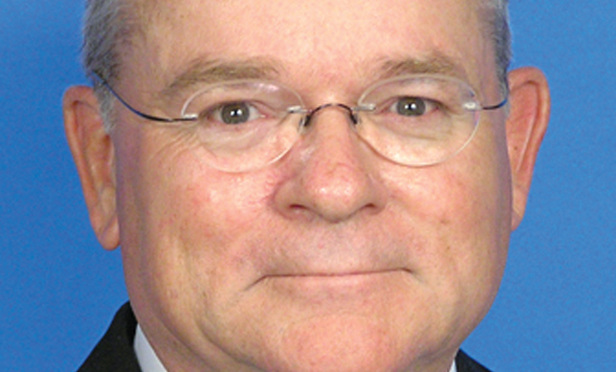Connecticut has always been a good place for land use lawyers, because it has more than its fair share of land use cases. Connecticut, along with Massachusetts, Rhode Island, New York, Maryland, Pennsylvania, Florida and California, is a leader not only in the amount of litigation, but in the influence through its cases and occasional policy reaction on the development of the law. Perhaps it is because in these states land use is most highly regulated in the areas most sought or attractive for development or reuse.
Although there were a few important land use cases in the U.S. Supreme Court this year—Reed v. Town of Gilbert, Arizona, on what constitutes content-based sign regulation, and Texas Department of Housing and Community Affairs v. The Inclusive Communities Project, holding that disparate-impact claims are cognizable under the Fair Housing Act—this was something less than a bombastic year for us in Connecticut. Instead, there was some interesting nibbling around the edges of several perennial issues.
This content has been archived. It is available through our partners, LexisNexis® and Bloomberg Law.
To view this content, please continue to their sites.
Not a Lexis Subscriber?
Subscribe Now
Not a Bloomberg Law Subscriber?
Subscribe Now
LexisNexis® and Bloomberg Law are third party online distributors of the broad collection of current and archived versions of ALM's legal news publications. LexisNexis® and Bloomberg Law customers are able to access and use ALM's content, including content from the National Law Journal, The American Lawyer, Legaltech News, The New York Law Journal, and Corporate Counsel, as well as other sources of legal information.
For questions call 1-877-256-2472 or contact us at [email protected]



